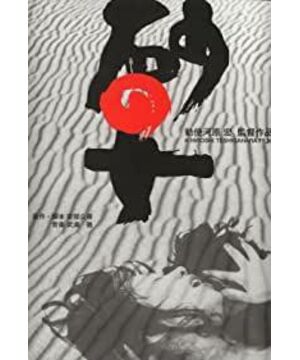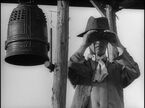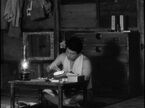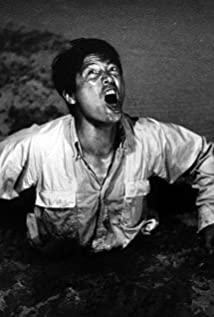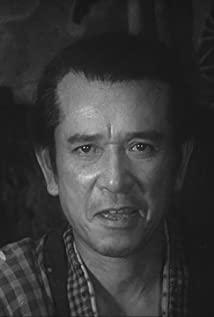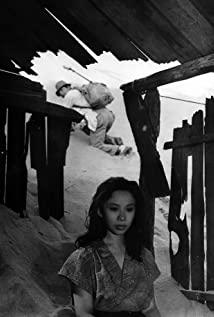In this film, men seem to represent the modern civilized world, with minds armed with science and technology. In fact, he came to this remote sand dune to look for beetles, but also to think about the meaning of his life. Women, on the other hand, represent the simplest and most primitive life, isolated from the world, and their daily activities are only eating, sleeping, bathing, working, and having sex. Men once asked her, "Do you live to dig sand? Or dig sand to live?" And this question seems meaningless to a woman. That's how she lives, and she doesn't want to leave. This film is excellent from photography to music. The photography composition of this black and white film is very particular, and there are many very abstract close-up shots, accompanied by the music of the famous Japanese modern composer Toru Takemitsu, which is very Hitchcock-like. Those sand dunes, from the soothing and graceful at the beginning, to the dangerous tyranny when the hero was trapped, to the peace and kindness later, fully matched the mood of the hero, adding a lot of shock. The director of this film, Hiroshi Kawara, is also good at arranging flowers and is the third-generation head of the Japanese flower arranging grass moon stream. The original author of the film is Kobo Abe, a representative of Japanese existential literature. Another important film "The Face of Others" directed by the imperial envoy Hiroshi Kawara is also a work adapted from the Abe public house.
View more about Woman in the Dunes reviews


